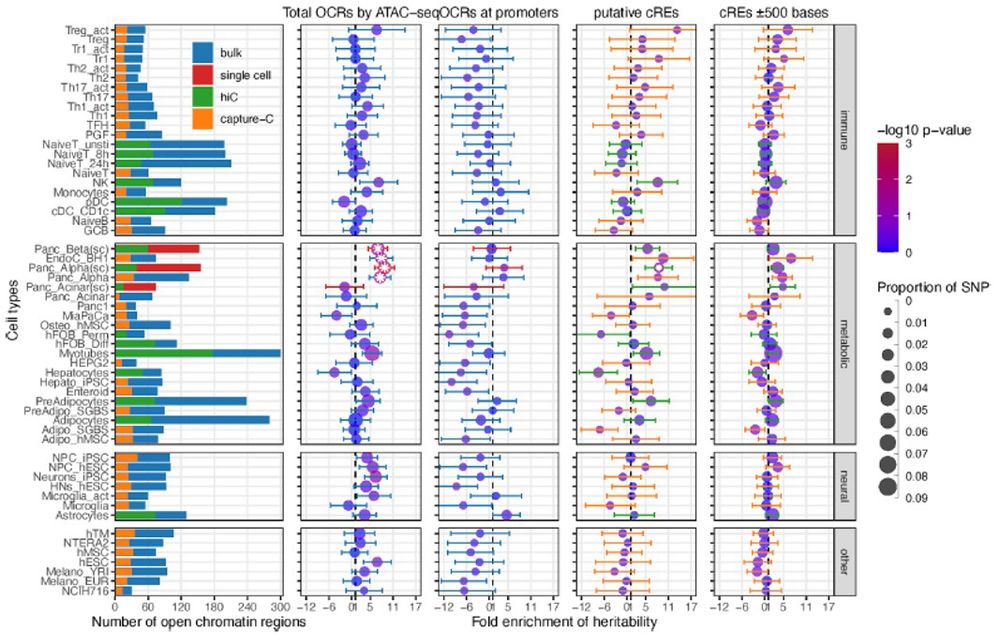
www.medrxiv.org/content/10.1...
We describe a critical concept that we call *specificity*.
Led by Jeff Spence and Hakhamanesh Mostafavi:
In new work @nature.com with @hakha.bsky.social, @jkpritch.bsky.social, and our wonderful coauthors we find that the key factors are what we call Specificity, Length, and Luck!
🧬🧪🧵
www.nature.com/articles/s41...

We describe a critical concept that we call *specificity*.
Led by Jeff Spence and Hakhamanesh Mostafavi:
In new work @nature.com with @hakha.bsky.social, @jkpritch.bsky.social, and our wonderful coauthors we find that the key factors are what we call Specificity, Length, and Luck!
🧬🧪🧵
www.nature.com/articles/s41...

In new work @nature.com with @hakha.bsky.social, @jkpritch.bsky.social, and our wonderful coauthors we find that the key factors are what we call Specificity, Length, and Luck!
🧬🧪🧵
www.nature.com/articles/s41...


www.cell.com/ajhg/current

www.cell.com/ajhg/current
www.ashg.org/meetings/202...

www.ashg.org/meetings/202...
📄Mapping chromatin interactions at #melanoma susceptibility loci uncovers distant cis-regulatory gene targets

📄Mapping chromatin interactions at #melanoma susceptibility loci uncovers distant cis-regulatory gene targets
authors.elsevier.com/c/1l8KggeXDz0y
authors.elsevier.com/c/1l8KggeXDz0y
Read our statement: www.ashg.org/publications...
Read our statement: www.ashg.org/publications...
@science.org @ksusztak.bsky.social
www.science.org/doi/10.1126/...

@science.org @ksusztak.bsky.social
www.science.org/doi/10.1126/...

Check out a pan-cancer assessment 👇
You'll be keen to notice the role of 🔎 #microproteins and small ORFs.😜
🧬 💻
🧪
#genomics
#bioinformatics
#CANsky
#ImmunoSky
#RNAsky
www.biorxiv.org/content/10.1...

Check out a pan-cancer assessment 👇
You'll be keen to notice the role of 🔎 #microproteins and small ORFs.😜
🧬 💻
🧪
#genomics
#bioinformatics
#CANsky
#ImmunoSky
#RNAsky
www.biorxiv.org/content/10.1...
doi.org/10.7554/eLif...

doi.org/10.7554/eLif...


www.medrxiv.org/content/10.1...

www.medrxiv.org/content/10.1...

